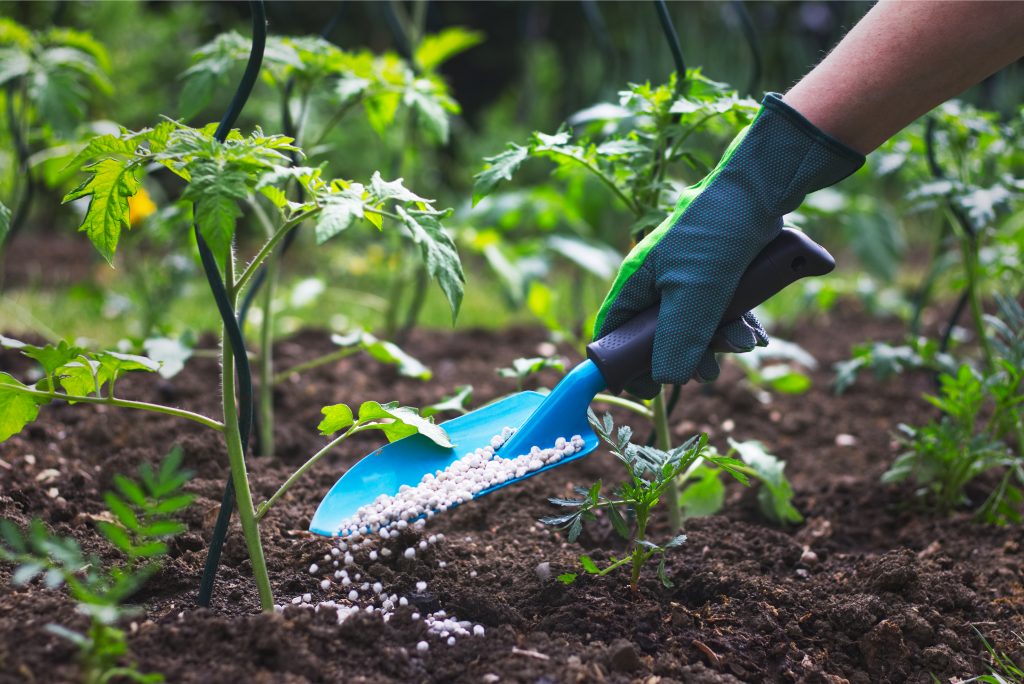
It comes as no surprise to farmers that input prices have increased in recent years. What may be eye-opening is how much expenses like fertilizer costs and gas prices are expected to go up this year.
According to the USDA Vegetable and Pulses Outlook: April 2021, growers should expect to pay for most of the inputs required to produce, pack and ship vegetables this year.
Whether you’re talking about plant seed, fertilizer expenses, fuel prices or labor costs, the expense to produce a crop is a lot more in 2021 than in recent years.
Fertilizer
Due to reduced inventories and strong demand spurred by improved crop prices, fertilizer prices are expected to average above year-earlier levels during the first half of 2021. Prices for nitrogen fertilizer, such as urea, are up 37% from a year earlier in mid-March, at the onset of the COVID-19 pandemic. This reflects reduced supplies, improved crop prices and higher natural gas prices used to produce ammonia.
Nitrogen expenses are expected to slow later this year as new global capacity comes online and stocks are rebuilt.
Prices for phosphate are expected to remain high into early summer amid a strong global demand and higher field crop prices. Mid-March mono-ammonium phosphate and di-ammonium phosphate prices were up 58% and 47% respectively compared to last year.
Prices for potash are up 16% from a year ago.
“Thus, with higher prices for each of the three fertilizer components, conventional vegetable growers who had not already locked in their fertilizer requirements may realize elevated costs for this critical input in 2021,” according to the report.
Wage Rates
Energy-based inputs combined with labor account for more than half of production expenses on specialized vegetable farms. For some, it’s closer to two-thirds of production costs. Wage rates are expected to rise in 2021, and in Florida, its minimum wage will increase in increments to $15 per hour in 2026.
According to the USDA-NASS Farm Labor report, the annual average gross wage rate for field workers increased by 4.6% to $14.76 per hour in 2020.
Diesel Prices
As expected during COVID-19, gasoline prices and diesel prices dropped as people stayed at home more. As the restrictions continue to loosen across the country, those prices will continue to increase.
“Following last year’s pandemic-influenced 17% price drop in diesel fuel, growers and truckers can expect to see 2021 diesel prices average at least 13% above 2020 levels,” according to the report.









